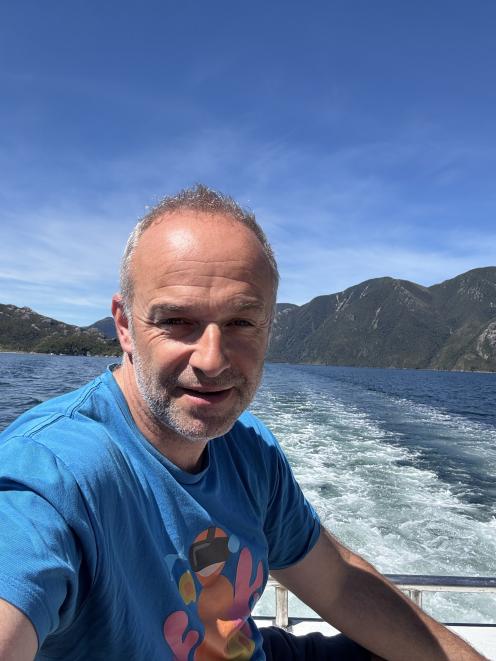
But when Victoria University of Wellington marine biologist Prof James Bell got his ROV down to about 115m below the surface, off the coast of Stewart Island, he was not prepared for what he saw.
"We typically find sponges are the dominant player on deep-water reefs in other parts of the country," he said.
"But this time, what we saw was completely different.
"We were off Port Pegasus at the southern end of Rakiura and we could see all these really unusual ‘egg’ shapes on the sea floor.
"Closer inspection revealed they were large, 30cm-tall sea squirts that we haven’t found in any other part of Aotearoa.
"We’ve seen nothing like these types of communities, so there was a lot of excitement, particularly because the visibility was very good and the colour of the creatures was amazing to look at.
"I’m still buzzing after seeing that. It was very exciting to find."
Since the discovery last December, National Institute of Water and Atmospheric Research (Niwa) marine ecologist emeritus scientist Mike Page had studied the sea squirts and found they were likely to be a new species that was yet to be named.

"Unusually, sea squirts dominated the marine communities on the deep-water reefs that we explored off Stewart Island."
Video footage of the reefs shows many different species of sea squirt, varying in colour from bright white to pinks, blues and yellows.
"Finding this sea squirt is a reminder that we still have so much to learn about the rich diversity of life in the ocean.
"It’s also a reminder of the need to ensure we protect our marine environment and the unique species it supports."

"Hopefully it’ll be Mike Page at Niwa who’ll be the person who’ll be describing it, and then hopefully putting a name on it.
"There’s a lot of conventions around how things are named.
"I’d like to name it after me, but I’m not sure that’s scientifically acceptable."
There had been occasions when new species were named after famous people, so having it named after a famous Southlander like Sir Tim Shadbolt or Burt Munro was a possibility, he said.
"But the people who name species are, I guess, a very traditional bunch in Niwa.
"It’s a complicated process they go through when naming things."












